A Brief History of the MCU – Part 4
Phase One of the Marvel Cinematic Universe (MCU) ended with a bang. Well, the sound was more of a cartoonish thud, when Hulk thrashed Loki into submission. Then again, the completion of Phase One marked a beginning inasmuch as Marvel reaching the finish line.
Producer Kevin Feige and his talented team stuck the landing. They thereby proved that comic book movies could dominate the box office landscape. Let’s take a look at The Avengers and how it paved the way for Phase Two of the MCU.
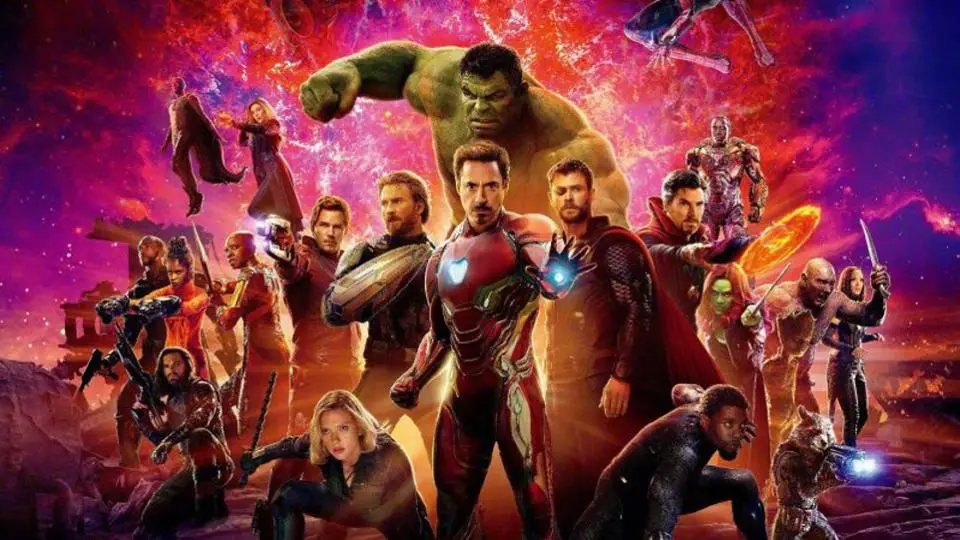
Bringing the Pieces Together
During Phase One, Marvel produced five films leading up to The Avengers. Feige always intended that the sixth title would deliver a big bang. He desired a culmination of the events from the previous films. As we’ll discuss, he’d placed a staggering number of pieces on the board.
Getting audiences to love the three lead Avengers became the vital part of the early MCU releases. Without them, nobody would care about the future of the upstart franchise. While The Avengers theoretically ended Phase One, Marvel viewed it as the first step to a larger MCU.
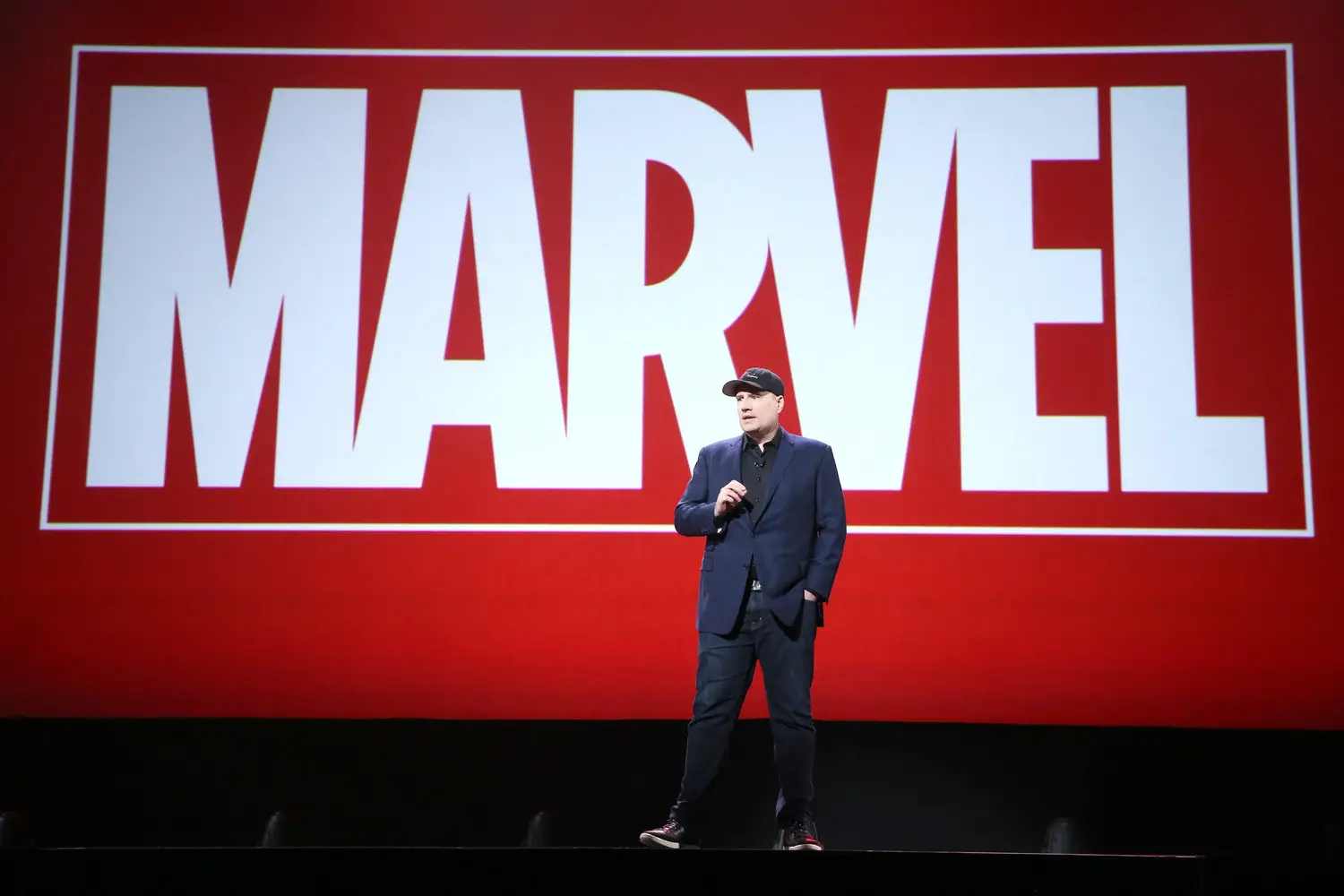
Photo: Jesse Grant/Getty Images for Disney
The characters needed an excuse to come together, though. Stan Lee had invented a reason in the original comics, and Brian Michael Bendis later disassembled and rebuilt the team under somewhat similar circumstances. In both instances, a random villainous threat forced superheroes to come together to defend humanity.
The MCU sought to tell a similar story of necessary unification. In fact, the plot of the 2012 movie mirrors Lee’s storyline. During the 1960s, Loki manipulated Hulk and threatened the safety of Earth and Asgard alike. So, Iron Man and Thor joined Hulk, Ant-Man, and the Wasp to stop Loki. A lot of that happened in the movie, only with Captain America swapped in for Wasp.
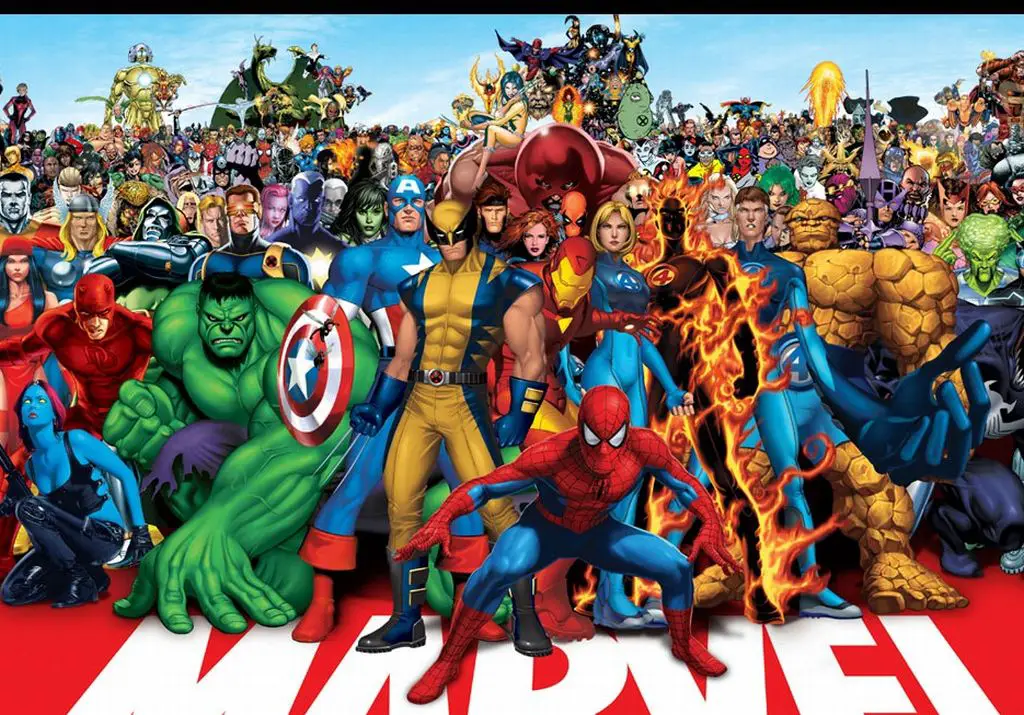
Proving Everyone Matters in the MCU
The specifics were quite impressive. The MCU introduced Black Widow in Iron Man 2 and Hawkeye (as an antagonist!) in Thor. Combined with the three leaders of The Avengers, Marvel had already produced five characters worthy of fan devotion.
Two previous Hulk movies had frustrated audiences by this point, though. So, Disney brought in a third actor to play the role. I think most people agree that Mark Ruffalo has imbued the character with more heart and humor and has owned the part for the body of a decade. Even Ed Norton and Eric Bana would acknowledge that he IS Hulk now.
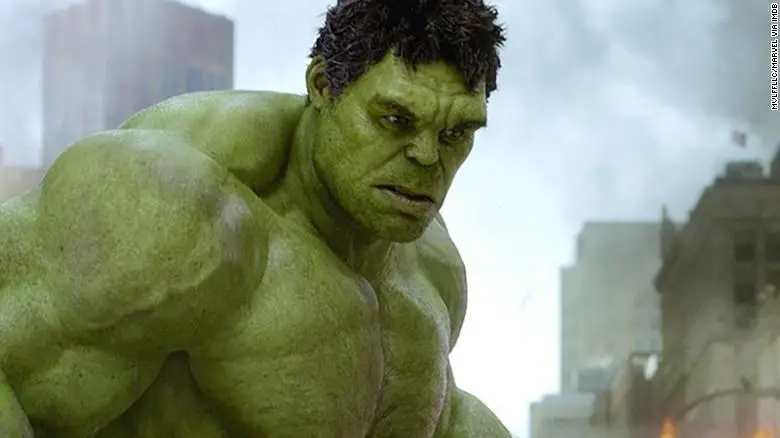
Beyond that modest change, the pieces were already in place for an Avengers superhero team-up. All significant characters had appeared in previous films save for Maria Hill (Cobie Smulders). Several smaller characters returned from prior films, thereby setting a course for the future of the MCU.
When Erik Selvig and Jasper Sitwell came back, audiences realized that Marvel was world-building. This trait has continued throughout the franchise, as heroes and villains alike could pop up anywhere. Circling back to Smulders, she’s appeared in six movies and three episodes of Agents of S.H.I.E.L.D.

In the MCU, Maria Hill holds significance as a powerful espionage agent. Similarly, Selvig knows more about certain aspects of cutting-edge science than anyone else, while Sitwell has become an antagonistic bureaucrat.
Thanks to The Avengers, Marvel demonstrated that whenever the audience sees a character, they matter enough that they could come back in future films. I think everyone would agree that this formula has proven integral to the success of later films, reaching a crescendo with Avengers: Endgame, a movie that featured one of the largest recognizable casts of characters ever.
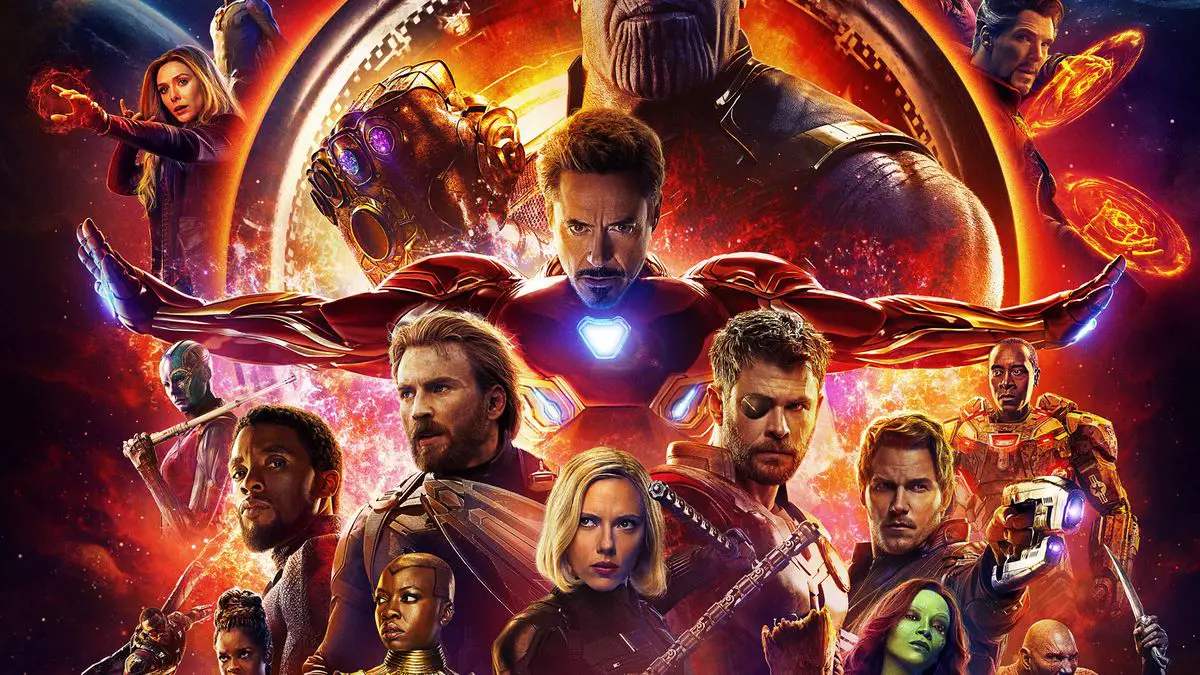
Raising the Stakes
Perhaps the most impressive aspect of The Avengers is the way that the MCU hid its plan in plain sight. During Captain America: The First Avenger, Steve Rogers encountered the Tesseract, an object that HYDRA believed could change the course of World War II.
Early in The Avengers, Loki possesses a staff that contains a blue orb. When he touches that staff to someone’s forehead, he controls that person. Both of these objects seem like generic superhero artifacts at first blush.

Throughout later phases, we’ve since discovered that they’re Infinity Stones, intergalactic relics of immeasurable power. Yes, since 2011, Marvel was drawing a straight line to the ascension of Thanos. That feat alone borders on unprecedented in movie history.
Four other stones would appear in future MCU releases from Phase Two and Phase Three. However, by the end of Phase One, audiences already possessed familiarity with one-third of the Infinity Stones. We just didn’t have the correct names for them yet.
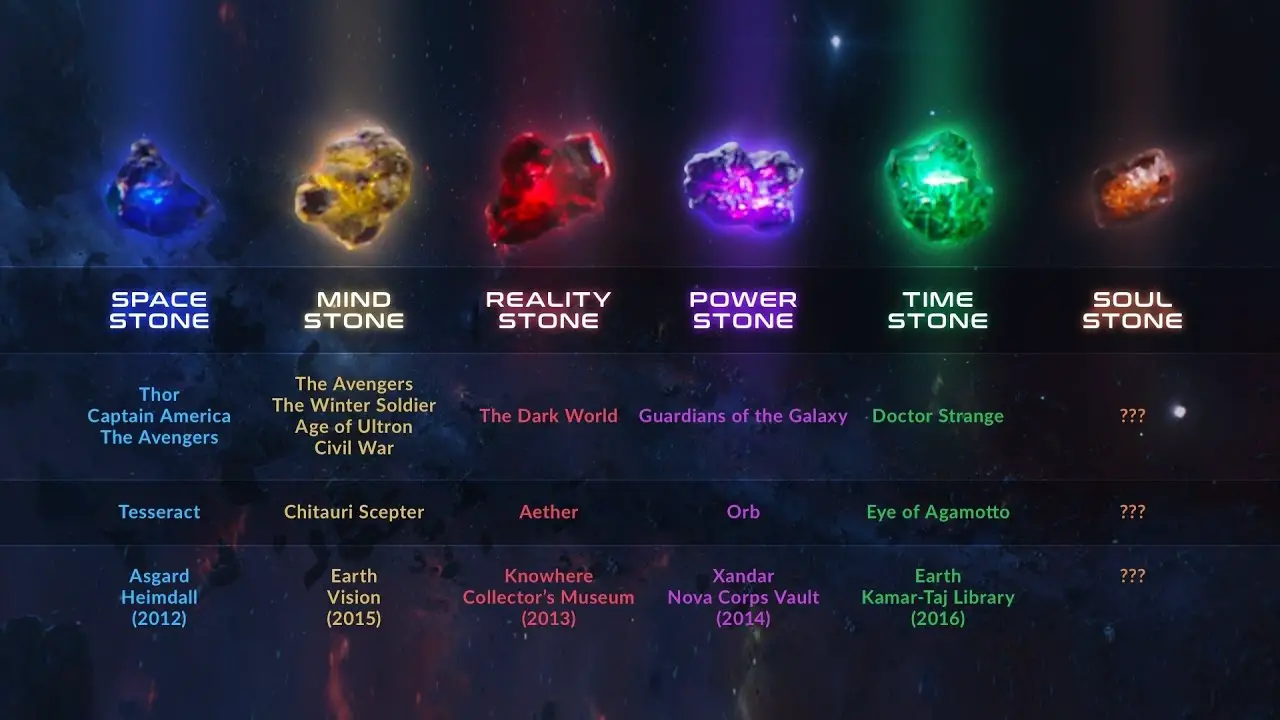
One was the Tesseract, while the other seemed like little more than a bad guy’s magical scepter. In truth, they were the Mind Stone and the Space Stone. The Tesseract was the latter, but the more interesting story involves the former.
The most remarkable twist from The Avengers isn’t even one that movie audiences recognized at the time. Throughout the entire film, Loki isn’t acting like himself. Marvel has confirmed that Thanos never “gave” Thor’s brother the Mind Stone as a loan.
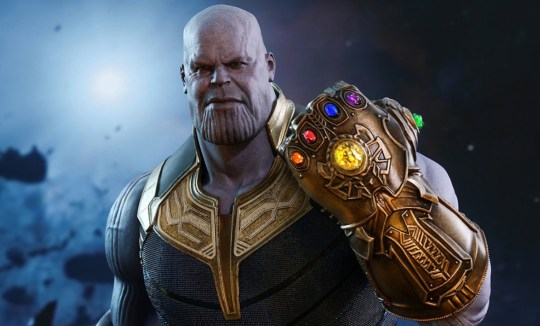
Instead, Loki was under the spell of the Mind Stone during the entire film. He wielded it to bring others under the thrall of Thanos, just as he was. To this day, many people don’t even know about his lack of control over his actions. Again, this fact demonstrates how far Feige was planning ahead with the MCU.
The Achievements
Ultimately, a team of superheroes banded together to defeat Loki. Once Hulk rag-dolled the villain, the spell wore off, and Loki returned to his usual status as an agent of chaos. The specifics don’t even matter, though.
From a storytelling perspective, Joss Whedon struck a chord with movie audiences. From the moment it entered theaters, The Avengers shattered box office records. Part of the explanation stemmed from the trust that Marvel had built during Phase One. Part of it came from the quality of the film itself.
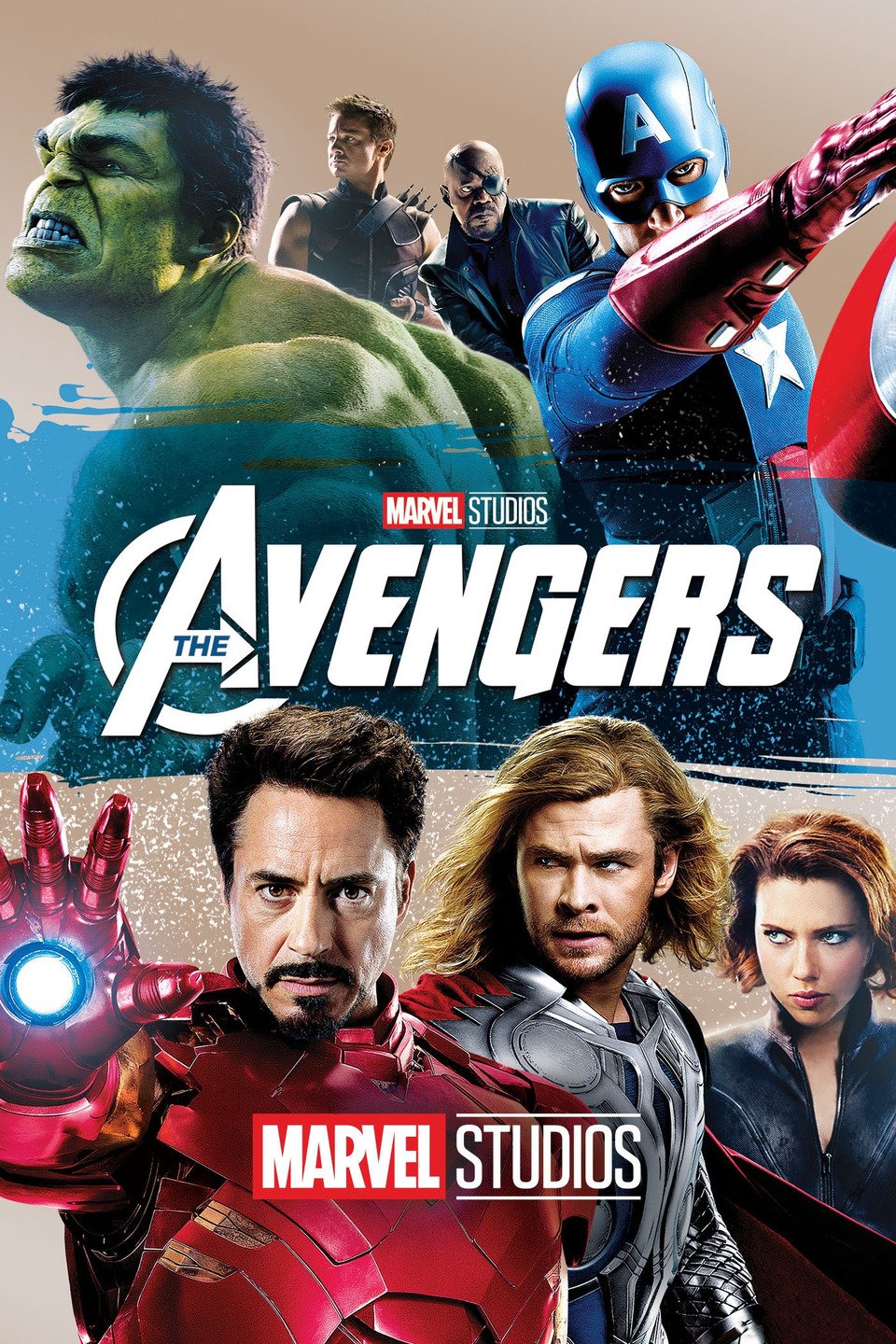
The Avengers holds a score of 8.0 out of 10 on IMDb. It generally teeters on the brink of the site’s Top 250. On Rotten Tomatoes, it holds a 92 percent Fresh Rating after 354 reviews. Even more impressively, its audience score is 91 percent after more than 1.1 million votes. And it earned the highest possible Cinemascore, an A+.
The quality of the movie only impacted its long-term results, as its opening weekend was never in doubt. The Avengers shattered the box office record with $207.4 million. To this date, it’s still sixth all-time, which shouldn’t even be possible. The film broke 15 (!) different box office records during its theatrical release.
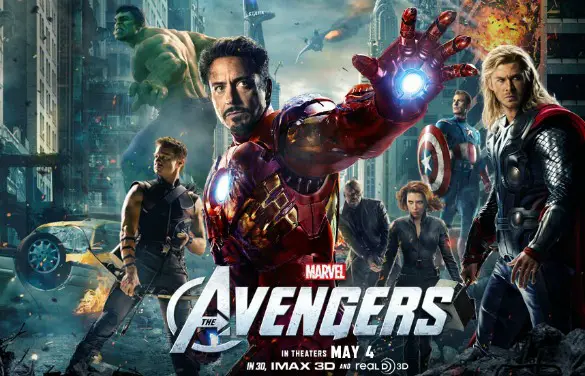
The most important for Disney was its total global box office total. The Avengers grossed $1.5 billion, making it the third most popular film ever at the time. Only James Cameron’s Titanic and Avatar had surpassed that total. Also, it was Disney’s biggest blockbuster EVER, a stunning feat.
Frankly, The Avengers alone justified Disney’s purchase of Marvel. With the ancillary revenue from merchandise, Disney extended The Avengers into its own brand. According to Ad Age, they had a $6 billion plan for 2012. As a reminder, Disney spent “only” $4 billion to purchase Marvel.
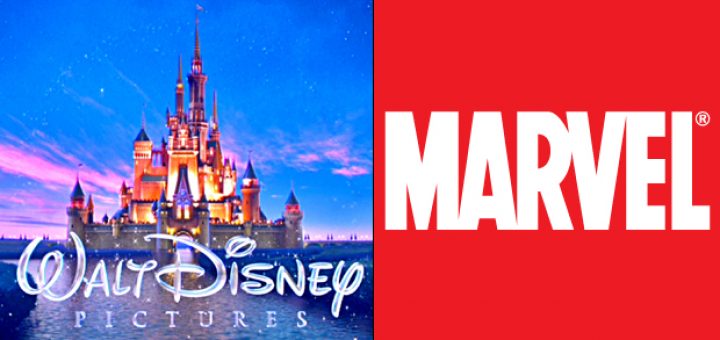
The Aftermath
The jaw-dropping triumph of The Avengers opened many doors for Marvel and Disney. Less than a year later, Iron Man 3 would function as a de facto sequel. It debuted with $174.1 million, making it the second-most successful opening weekend ever…behind The Avengers. Yes, in 12 months, Disney completely reset expectations for what a tentpole release could earn in a weekend.
We’ll discuss the entirety of Phase Two in the next article. However, I’ll point out now that the Thor and Captain America sequels both outperformed their predecessors. Movie lovers developed a fondness for all three core members of The Avengers that has continued through several more solo and group titles.
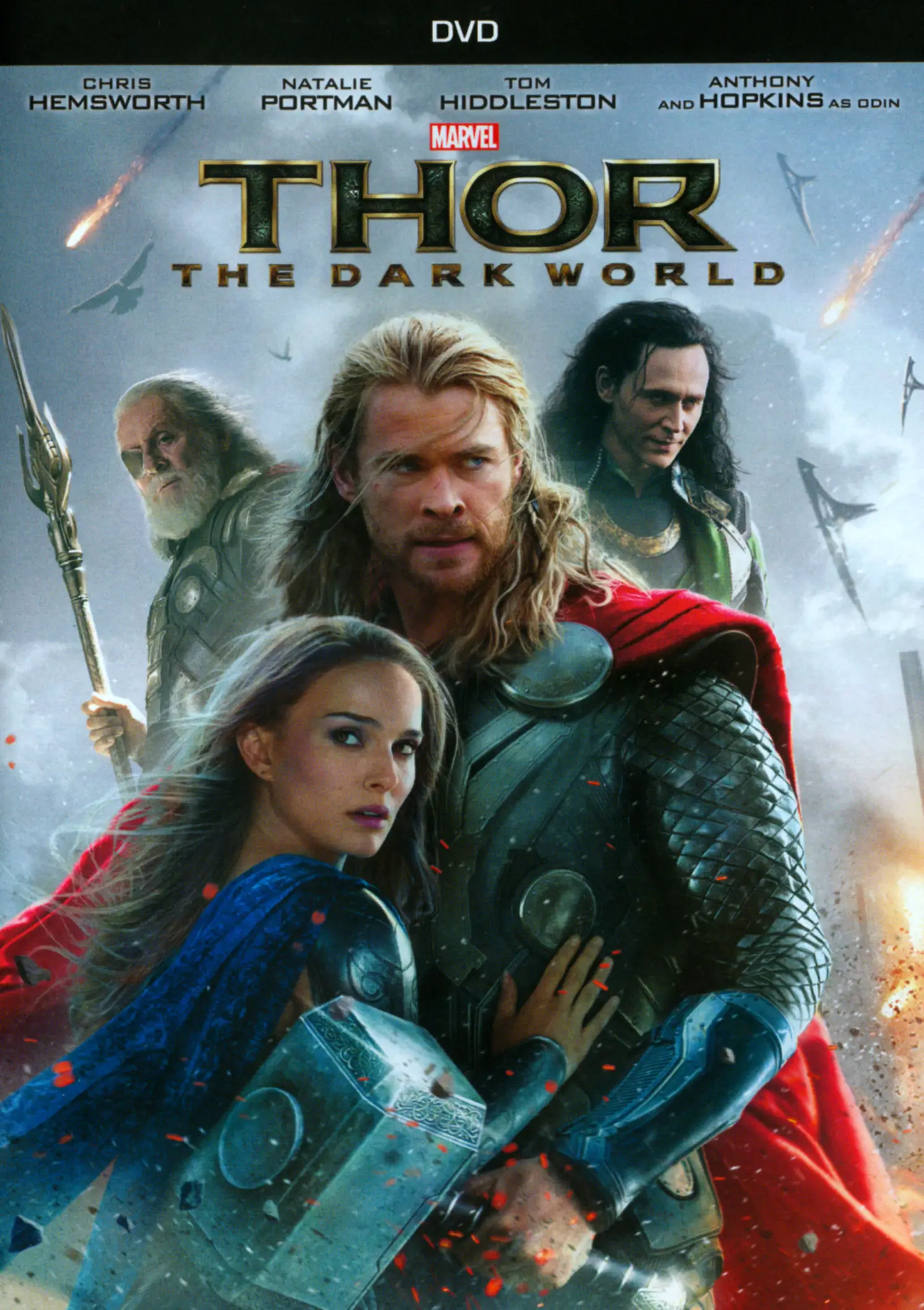
Still, the most adventurous part of Phase Two would expand the MCU beyond the solar system and closer to the area where a villain named Thanos held dominion. Fittingly, The Avengers introduced this character during the closing credits, albeit with a different actor in the role.
Also, the strangest twist during Phase Two would involve Whedon’s sequel, Avengers: Age of Ultron. The director would grow so frustrated with Marvel/Disney oversight that he would quit afterward.
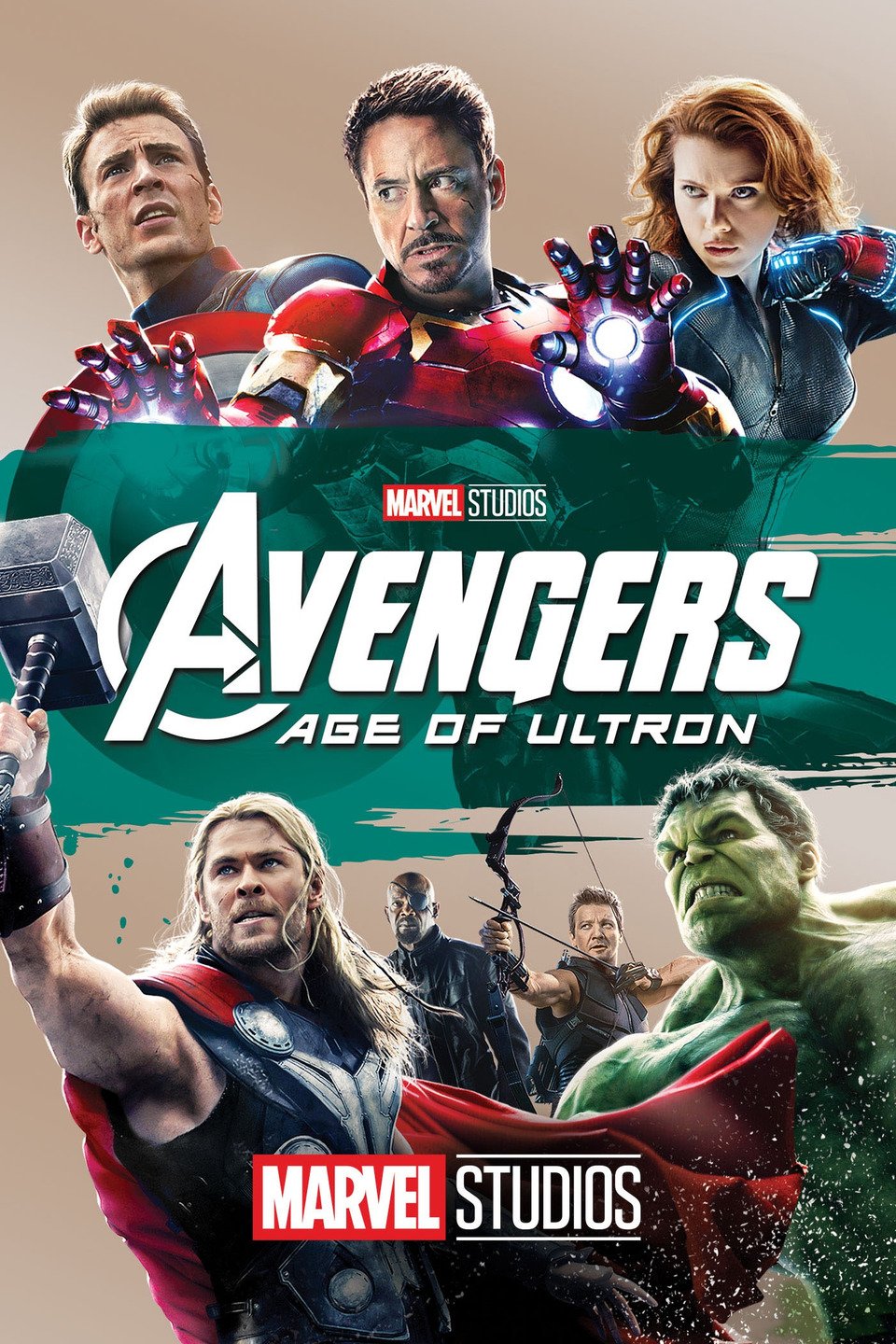
Whedon wouldn’t be the only established talent who walked out, either. The same thing would happen with the silliest of Marvel superheroes, Ant-Man. Feige’s tight control of the MCU proved that he wouldn’t allow any deviation from his long-term plan, no matter how influential the people were that disagreed with him.





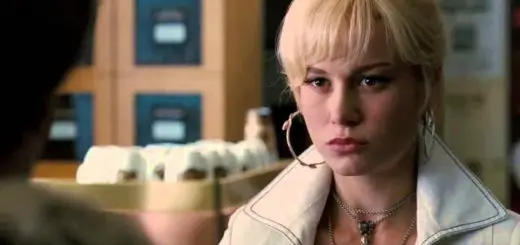






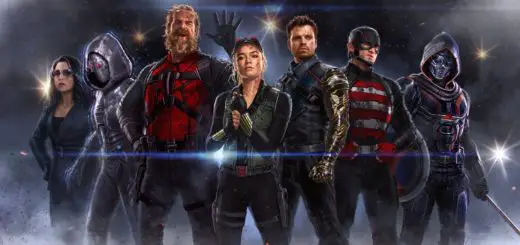
9 Responses
[…] a rumor is accurate, we have a good idea of what will drive the story for the next few years in the Marvel Cinematic Universe (MCU). Is a Secret Wars coming? If so, what does this mean for […]
[…] me. How would the results vary if I focused on one part of the Disney movie empire like, say, the Marvel Cinematic Universe (MCU)? Here are my picks as the 15 most beloved Disney celebrities from the […]
[…] This weekend, Marvel is at C2E2 in Chicago. And, at booth #327, you’ll find plenty of reasons stick around – including an adorable rendition of Captain Marvel. […]
[…] Marvel has released three Marvel Cinematic Universe (MCU) movies. Those titles are Captain Marvel, Avengers: Endgame, and Spider-Man: Far From Home. That last title isn’t a Disney production, but it’s an official […]
[…] Marvel this week? Well, Sony is rich, Disney is richer (and poorer), and The Man is about to join the MCU. Let’s talk about all of it and more in the latest edition of MarvelBlog […]
[…] Earlier this week, ComicBook.com followed up on a rumor that floated earlier this year, which saw Charlie Cox returning to the Marvel Cinematic Universe. […]
[…] As Marvel fans are well aware, Eternals was originally supposed to make its theatrical debut last November. Fans have been waiting with bated breath for any news of the new super hero team, slotted to be a part of the much anticipated Phase 4 of Marvel Cinematic Universe (MCU). […]
[…] is one of the movies in the highly-anticipated Phase Four of the MCU, which officially kicked off with WandaVision on Disney+. Although the film hasn’t hit […]
[…] Widow was meant to be the first movie in the MCU’s Phase Four, with the action/espionage flick initially scheduled for a May 2020 theatrical release – which […]